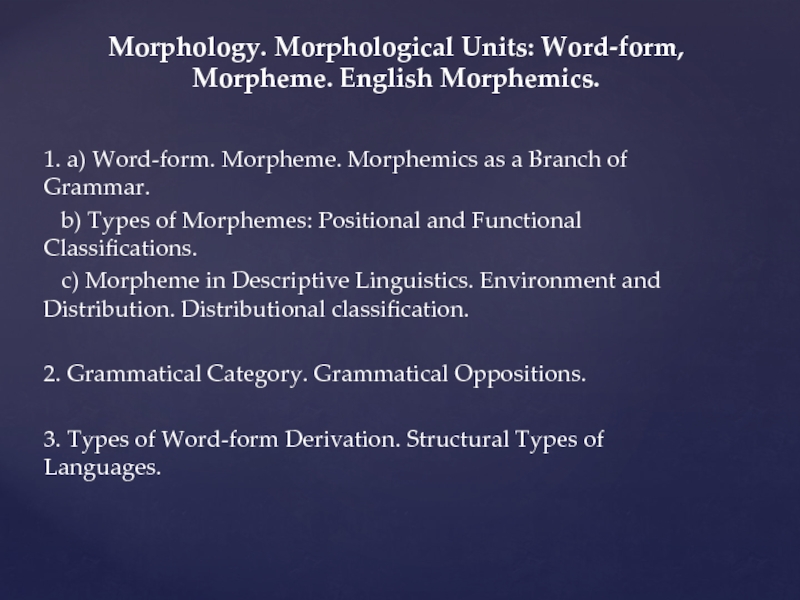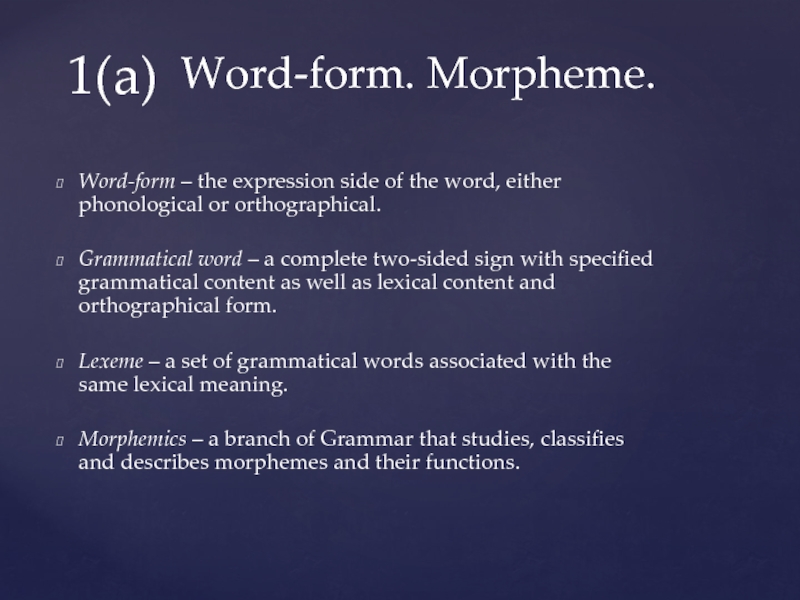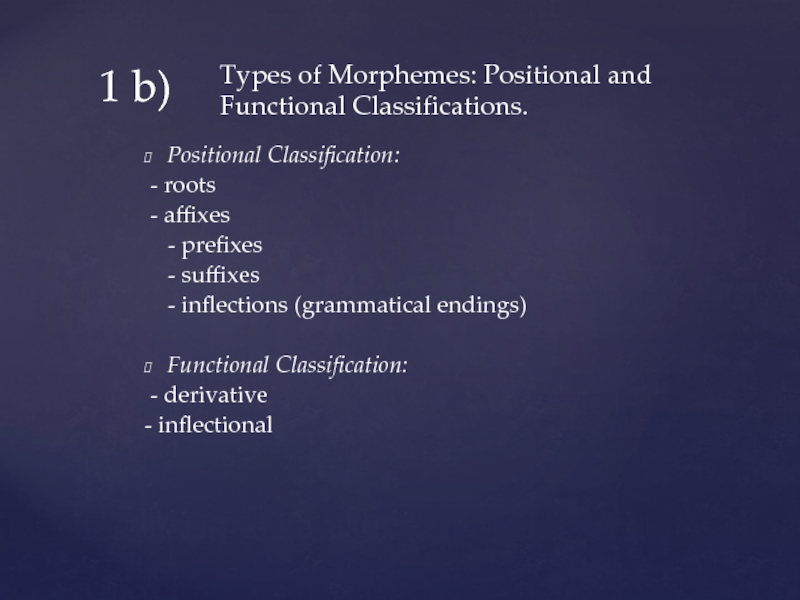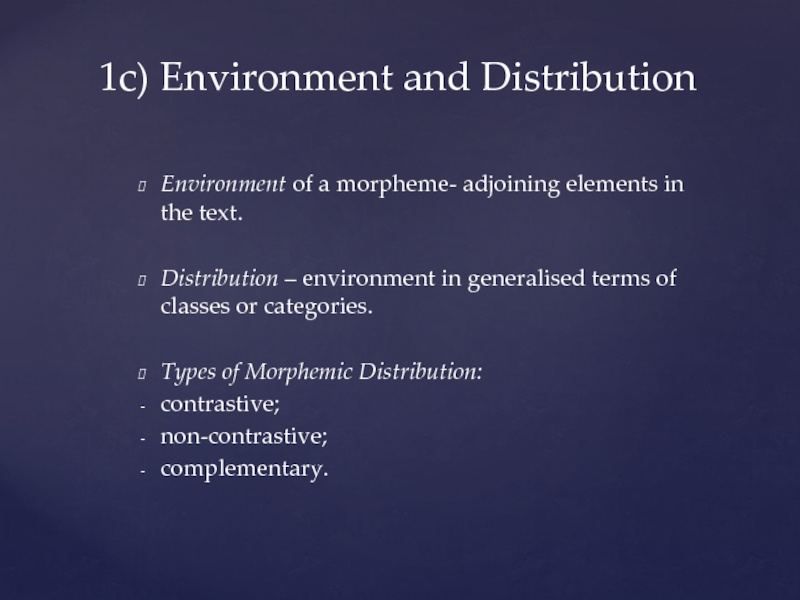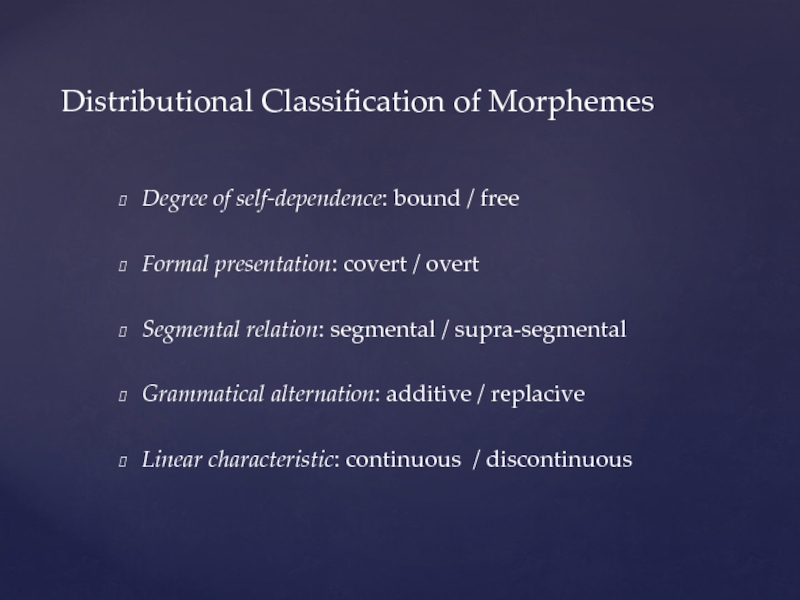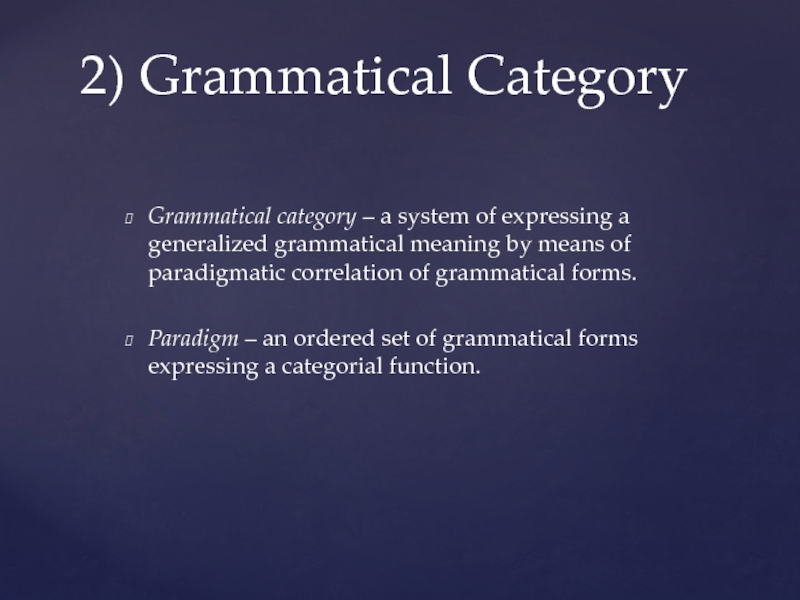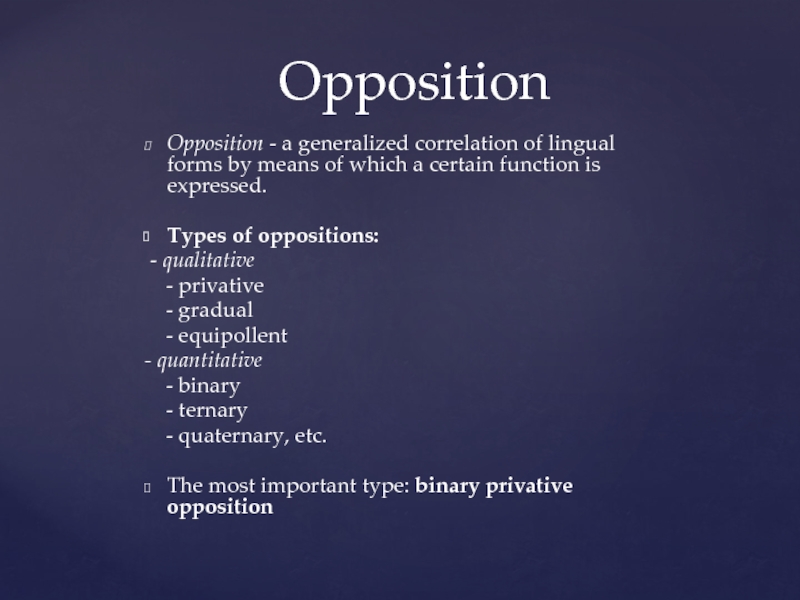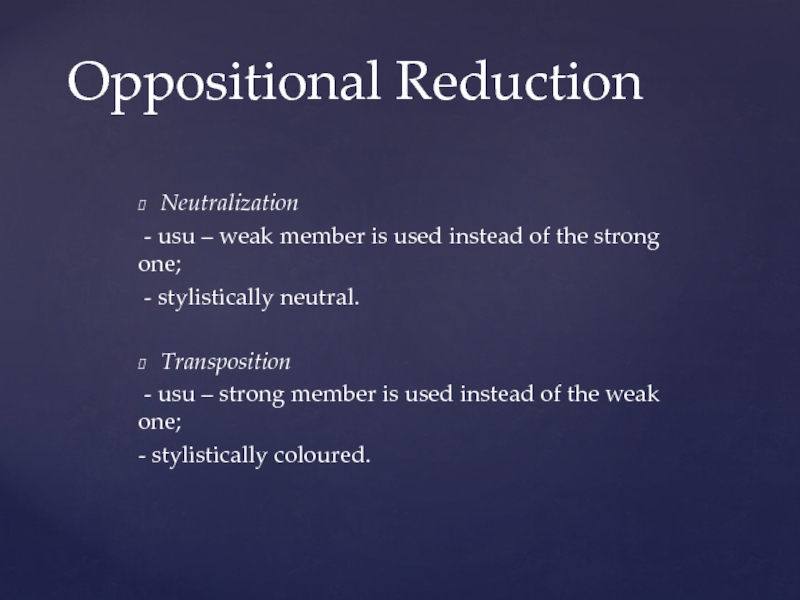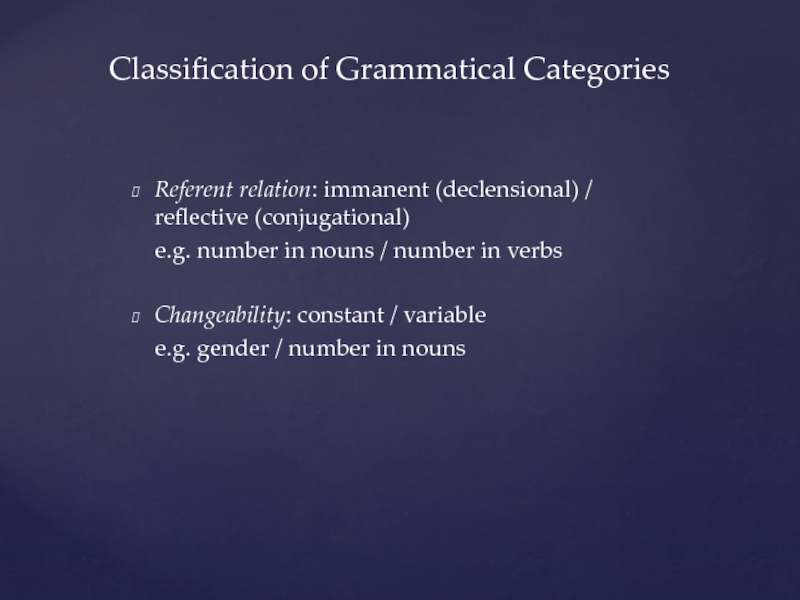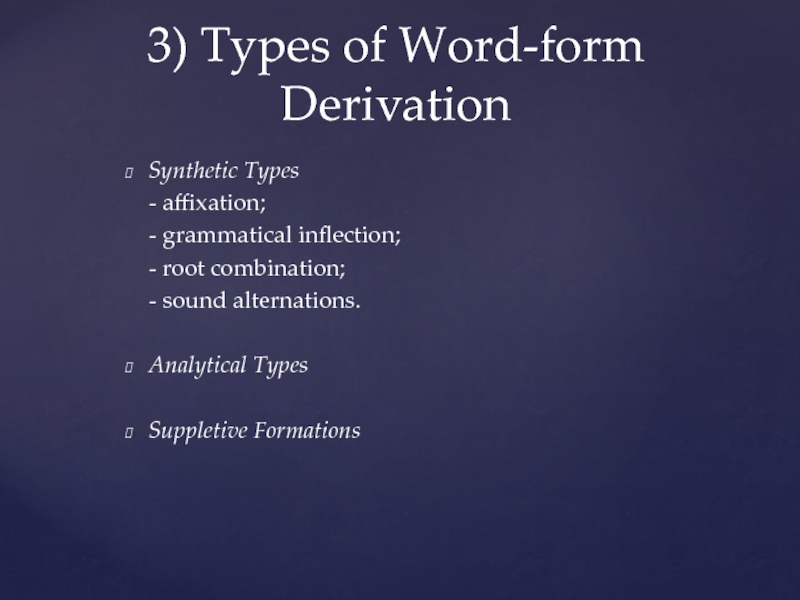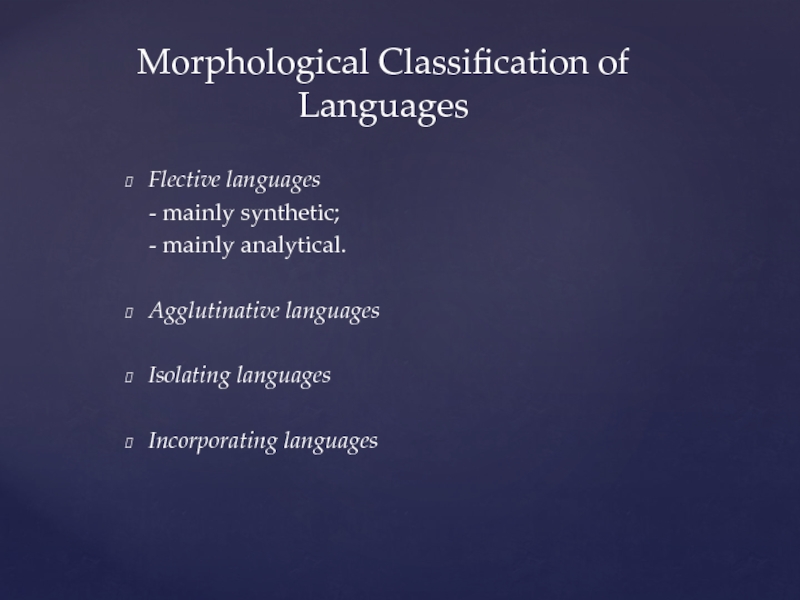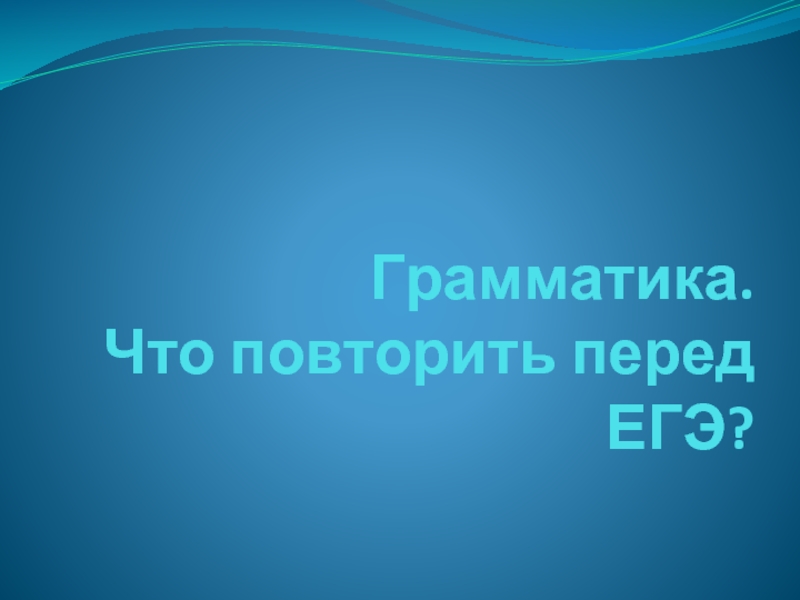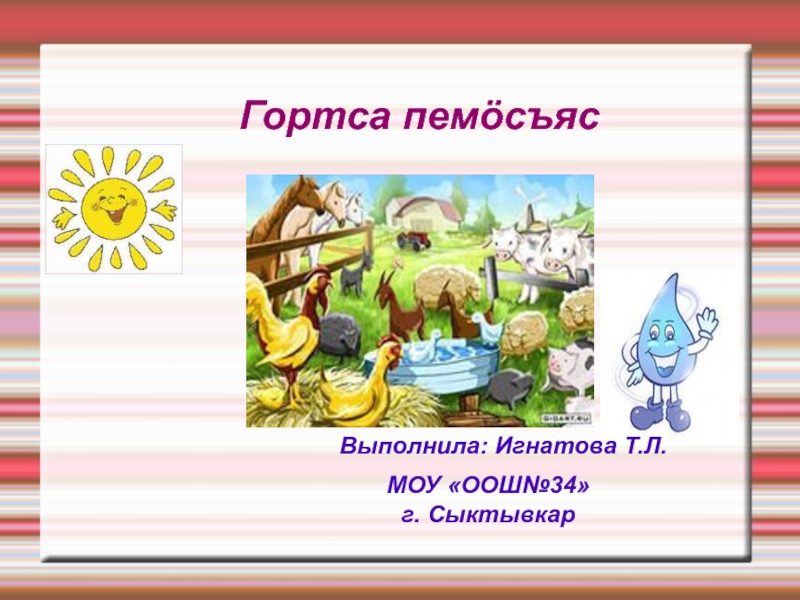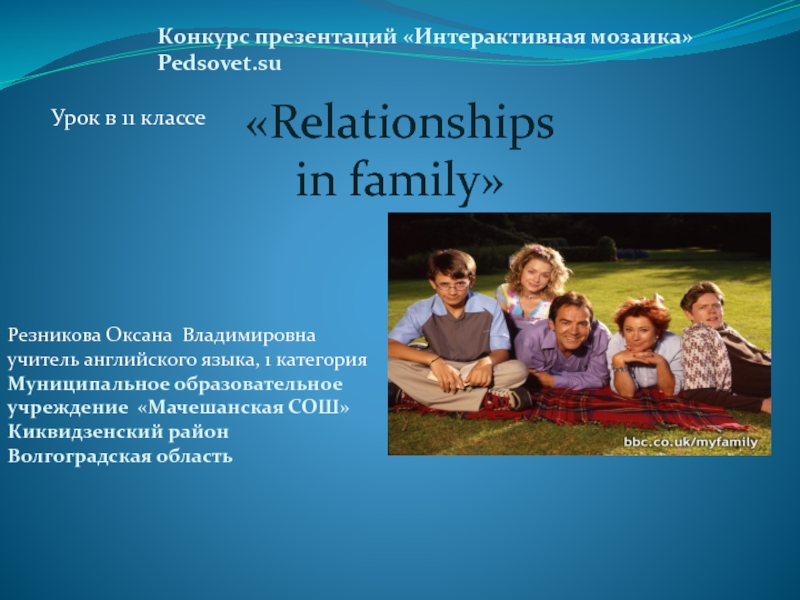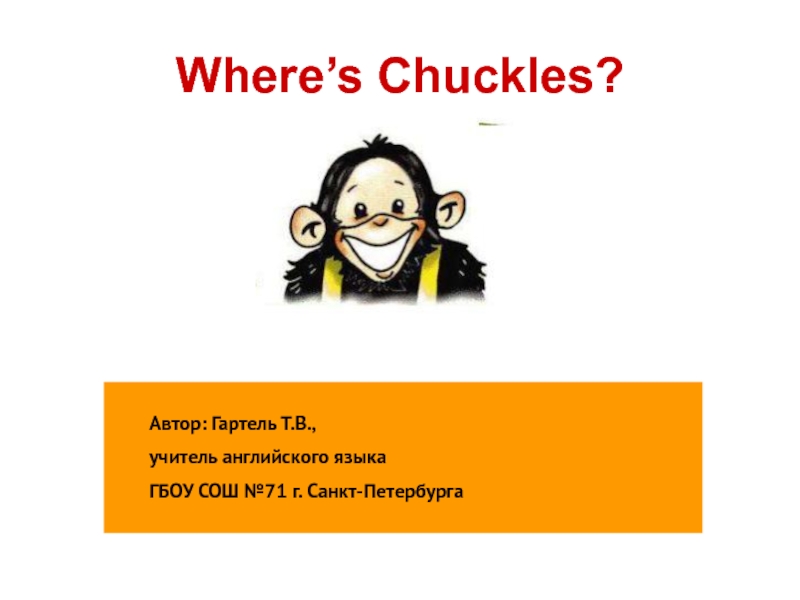- Главная
- Разное
- Дизайн
- Бизнес и предпринимательство
- Аналитика
- Образование
- Развлечения
- Красота и здоровье
- Финансы
- Государство
- Путешествия
- Спорт
- Недвижимость
- Армия
- Графика
- Культурология
- Еда и кулинария
- Лингвистика
- Английский язык
- Астрономия
- Алгебра
- Биология
- География
- Детские презентации
- Информатика
- История
- Литература
- Маркетинг
- Математика
- Медицина
- Менеджмент
- Музыка
- МХК
- Немецкий язык
- ОБЖ
- Обществознание
- Окружающий мир
- Педагогика
- Русский язык
- Технология
- Физика
- Философия
- Химия
- Шаблоны, картинки для презентаций
- Экология
- Экономика
- Юриспруденция
Morphology. Morphological Units: Word-form, Morpheme. English Morphemics презентация
Содержание
- 1. Morphology. Morphological Units: Word-form, Morpheme. English Morphemics
- 2. 1(a) Word-form – the expression side of
- 3. Positional Classification: - roots -
- 4. Environment of a morpheme- adjoining elements in
- 5. Degree of self-dependence: bound / free
- 6. Grammatical category – a system of expressing
- 7. Opposition - a generalized correlation of lingual
- 8. Neutralization - usu – weak member
- 9. Referent relation: immanent (declensional) / reflective (conjugational)
- 10. Synthetic Types - affixation;
- 11. Flective languages - mainly synthetic;
Слайд 1Morphology. Morphological Units: Word-form, Morpheme. English Morphemics.
1. a) Word-form. Morpheme. Morphemics
b) Types of Morphemes: Positional and Functional Classifications.
c) Morpheme in Descriptive Linguistics. Environment and Distribution. Distributional classification.
2. Grammatical Category. Grammatical Oppositions.
3. Types of Word-form Derivation. Structural Types of Languages.
Слайд 21(a)
Word-form – the expression side of the word, either phonological or
Grammatical word – a complete two-sided sign with specified grammatical content as well as lexical content and orthographical form.
Lexeme – a set of grammatical words associated with the same lexical meaning.
Morphemics – a branch of Grammar that studies, classifies and describes morphemes and their functions.
Word-form. Morpheme.
Слайд 3Positional Classification:
- roots
- affixes
- prefixes
- inflections (grammatical endings)
Functional Classification:
- derivative
- inflectional
1 b)
Types of Morphemes: Positional and Functional Classifications.
Слайд 4Environment of a morpheme- adjoining elements in the text.
Distribution – environment
Types of Morphemic Distribution:
contrastive;
non-contrastive;
complementary.
1c) Environment and Distribution
Слайд 5Degree of self-dependence: bound / free
Formal presentation: covert / overt
Segmental relation:
Grammatical alternation: additive / replacive
Linear characteristic: continuous / discontinuous
Distributional Classification of Morphemes
Слайд 6Grammatical category – a system of expressing a generalized grammatical meaning
Paradigm – an ordered set of grammatical forms expressing a categorial function.
2) Grammatical Category
Слайд 7Opposition - a generalized correlation of lingual forms by means of
Types of oppositions:
- qualitative
- privative
- gradual
- equipollent
- quantitative
- binary
- ternary
- quaternary, etc.
The most important type: binary privative opposition
Opposition
Слайд 8Neutralization
- usu – weak member is used instead of the
- stylistically neutral.
Transposition
- usu – strong member is used instead of the weak one;
- stylistically coloured.
Oppositional Reduction
Слайд 9Referent relation: immanent (declensional) / reflective (conjugational)
e.g. number in
Changeability: constant / variable
e.g. gender / number in nouns
Classification of Grammatical Categories
Слайд 10Synthetic Types
- affixation;
- grammatical inflection;
-
- sound alternations.
Analytical Types
Suppletive Formations
3) Types of Word-form Derivation
Слайд 11Flective languages
- mainly synthetic;
- mainly analytical.
Agglutinative languages
Isolating
Incorporating languages
Morphological Classification of Languages
